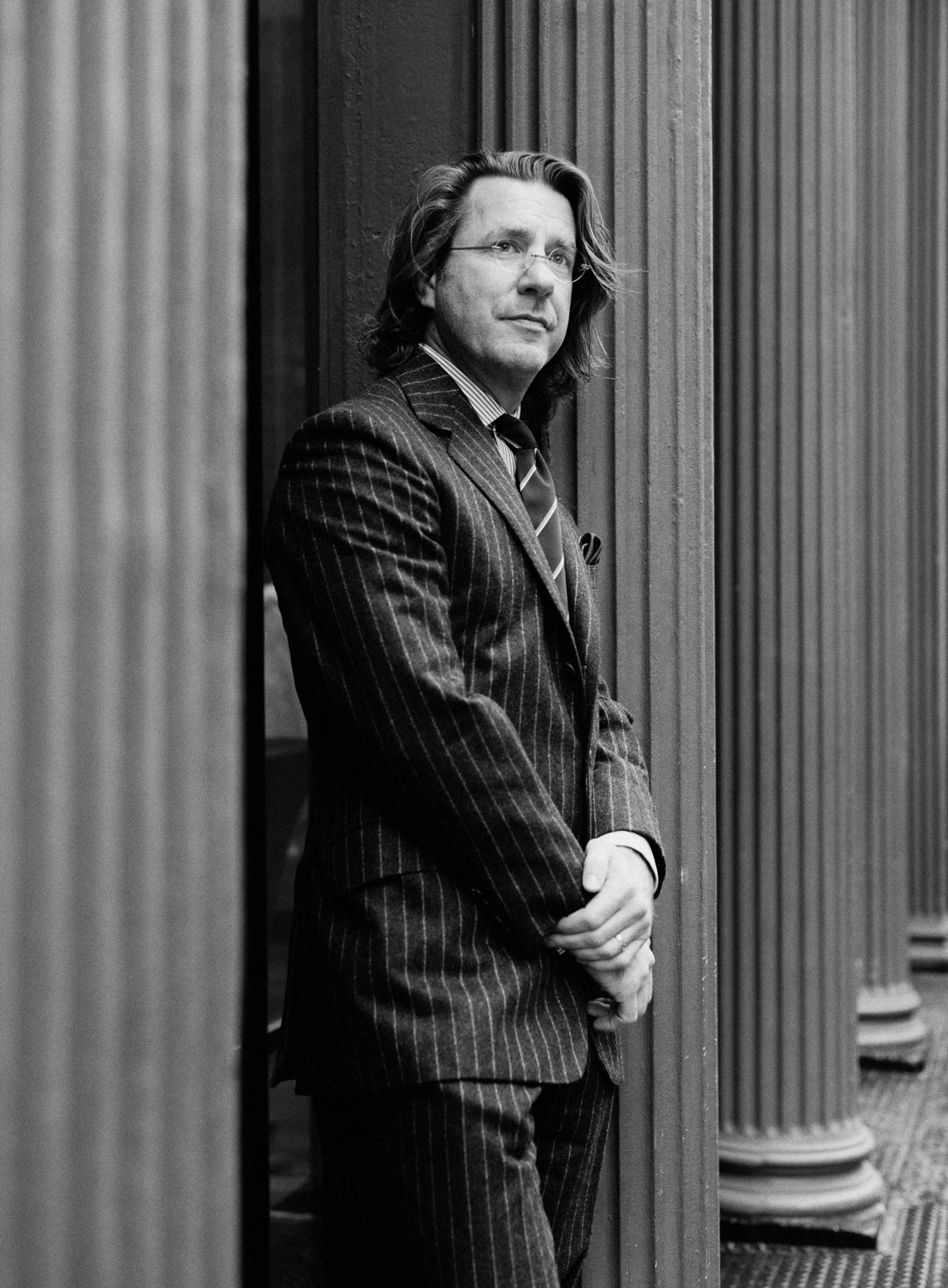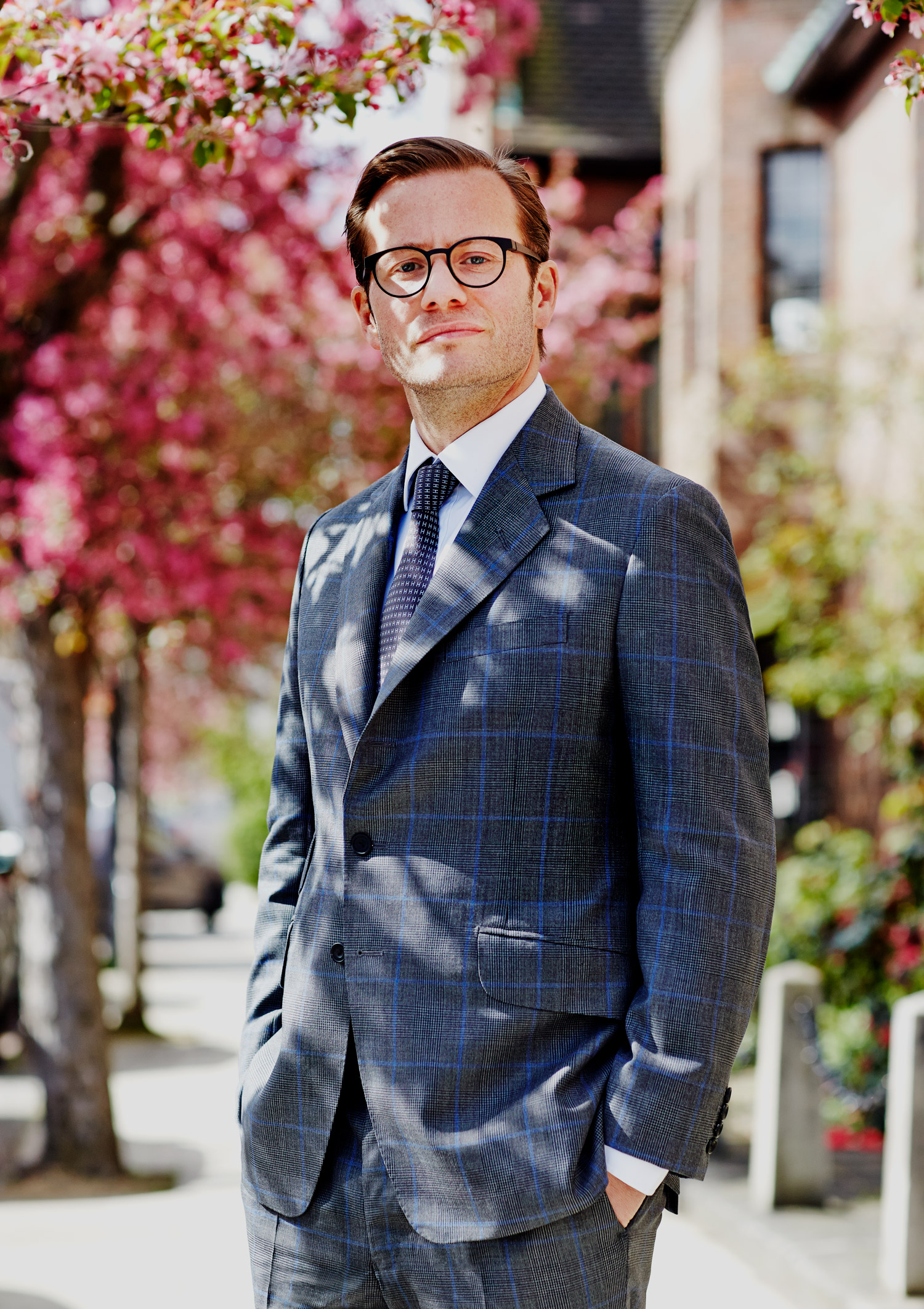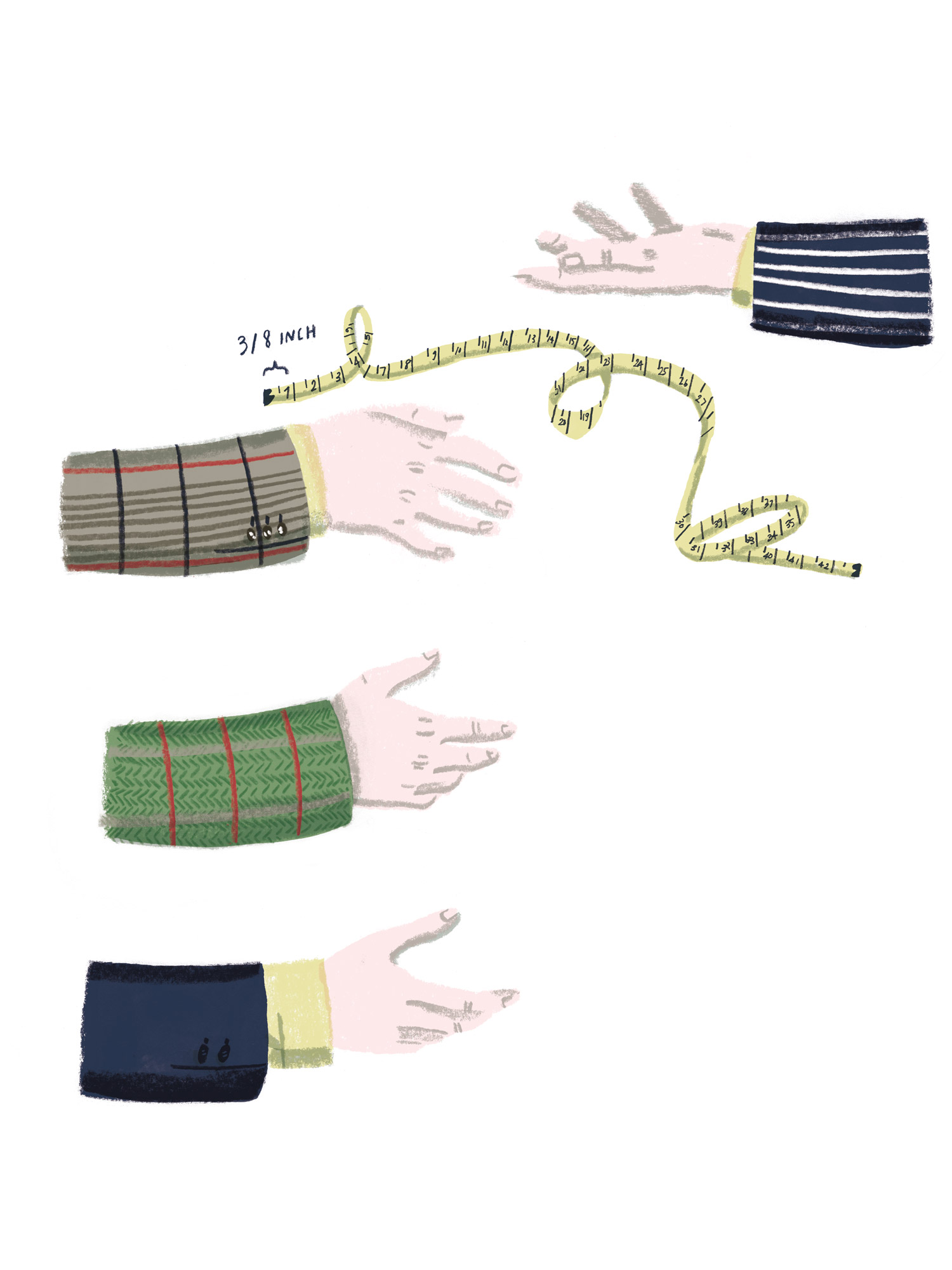Most authors write based purely on their imagination. Nothing wrong with that, but if you have actual real-life experience, surely that is a better source? San Francisco-based writer Barry Eisler is a case in point. As a former CIA agent in the Directorate of Operations (until 2015, called the National Clandestine Service), Eisler picked up enough knowledge to last him a lifetime. Since 2002, he’s been self-publishing books based around two separate characters: antihero John Rain, a half-Japanese, half-American former soldier turned freelance assassin, and another novel series about black-ops soldier Ben Treven. On the side, Eisler is also a certified dandy, hence him owning four English Cut suits. We caught up with him to discuss his books and what it feels likes to wear a bespoke suit …
Are you busy writing a book now?
I just turned in the manuscript for Zero Sum, a story about secret assassin John Rain set in Tokyo in 1982. In the course of getting close to his government-minister target, young Rain has a love affair with an older Italian woman, Maria Grazia, who gives him life lessons in a variety of areas, including clothes.
How long does it normally take to complete?
It used to be about one a year, but for the last several I’m at one every eight months or so. San Francisco has great coffee!
When do you get those ideas?
Often in the shower, or at other random moments. My theory is that those great ideas bubble up from the unconscious much like dreams and, like dreams, fragment quickly upon encountering our normal waking consciousness. The only way to remember a dream well is to write it down immediately, and it’s the same with sudden, inspired ideas.
Where does John Rain come from?
As I spent three years in the CIA, I got into a variety of martial arts. And then I moved to Tokyo to train in judo. I think all the other stuff must have been building up in my mind like dry tinder, waiting for the spark that life in Tokyo came to provide. Because while I was taking the train to work one morning, a vivid image came to me of two men following another man down Dogenzaka street in Shibuya. I still don’t know where the image came from, but I started thinking about it. Who are these men? Why are they following that other guy? Then answers started to come: they’re assassins. They’re going to kill him. But these answers just led to more questions: why are they going to kill him? What did he do? Who do they work for? It felt like a story so I started writing, and that was the birth of John Rain and Rain Fall.
Your previous work with the CIA and as a lawyer must come in handy for inspiration and material to draw from?
No doubt training in small arms, long arms, hand-to-hand, improvised explosive devices, small-water craft, air drops to friendly forces, surveillance, counter-surveillance, counter-terrorism, agent recruitment and management, interrogation and elicitation techniques is good background. As for being a lawyer, that came in handy, too, when creating Alex Treven, the lawyer protagonist of Fault Line … and of course in reviewing publication and film-rights contracts!

Got any advice for budding writers?
Believe in yourself. You’ll probably encounter a lot of rejections before you find success, and if you don’t believe in yourself, those rejections can stop you. Don’t let them. Keep writing. No one is born published.
What are the top three things you love about being a fiction writer?
Flexible schedule, travelling to amazing places researching various aspects of a new story and finally, love ’em or hate ’em, no one can write my books but me!
When and how did you hear of English Cut?
I was thinking about buying a bespoke suit and naturally did a bit of online research. I liked Tom’s philosophy and his lineage: beautiful silhouettes that were paradoxically structured and relaxed-looking.
How many do you have?
Four suits. Two basic: one navy, one black. And two a little more bold: an olive, worsted with a wine-coloured windowpane, and a gorgeous, old-school charcoal flannel chalk stripe that’s like something out of the 1940s.
What, according to you, is the point of difference with an English Cut suit compared to others?
I can’t count how many times people have complimented me on my clothes when I’m wearing one of Tom’s suits. And while it’s cool that people who really know clothes might recognise the subtle points that make an English Cut suit look so great, for most people it’s less conscious than that – you just look great, without any obvious reason.
And it’s not only how the clothes look, it’s also how they feel. The jackets obviously have some structure, for example, but they don’t feel structured. I know this will sound strange, but they feel so soft and natural it’s like pulling on a bathrobe. And then you look in the mirror, and you look like a diplomat – though without any obvious reason why. Relaxed, confident, effortless. I wouldn’t go so far as to argue the clothes make the man, but man, they don’t hurt, either.
Can you describe the feeling that bespoke suits gives you, compared to off the peg?
In some ways it’s the inverse of what I said about my novels above. A novel is written exclusively by me; an English Cut suit is made exclusively for me! And both are a reflection of something unique in my taste, my perspective and my way of engaging with the world.



